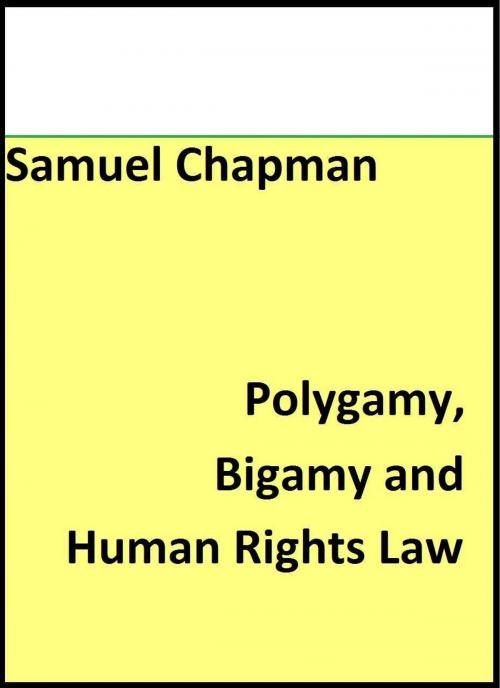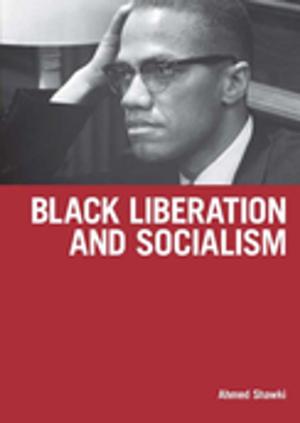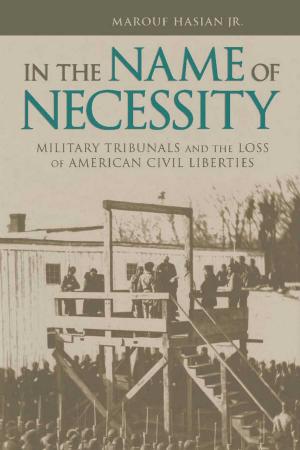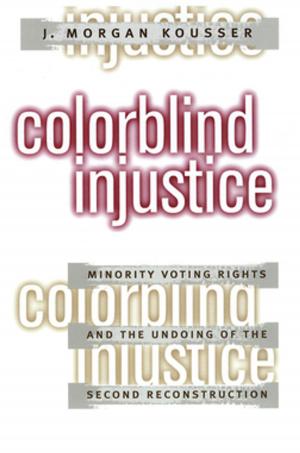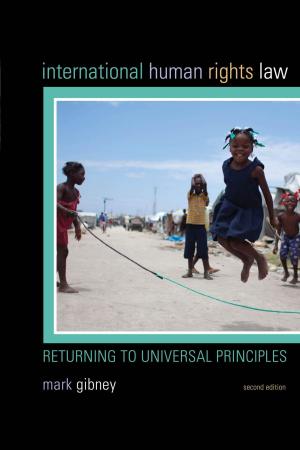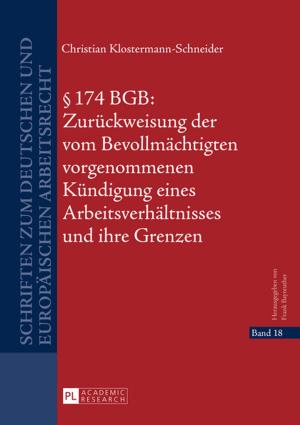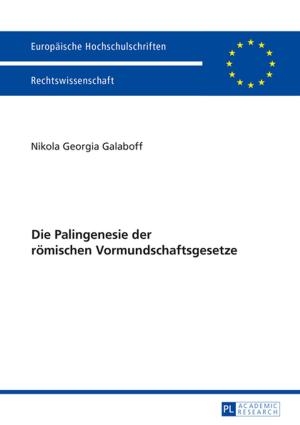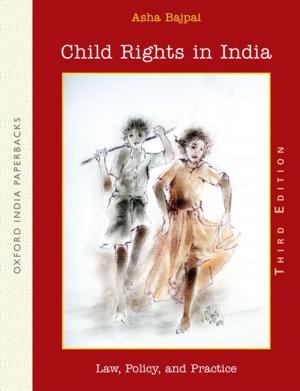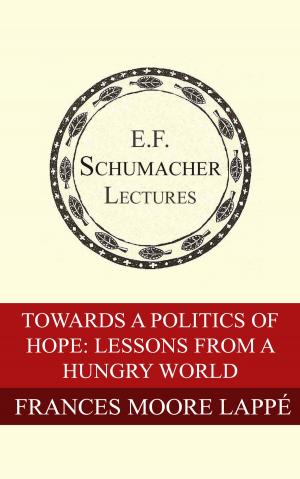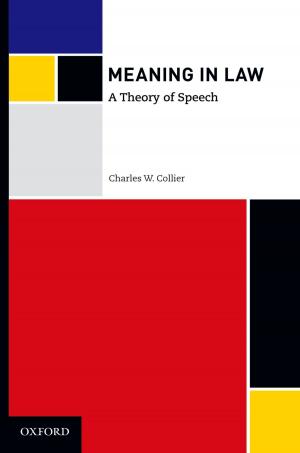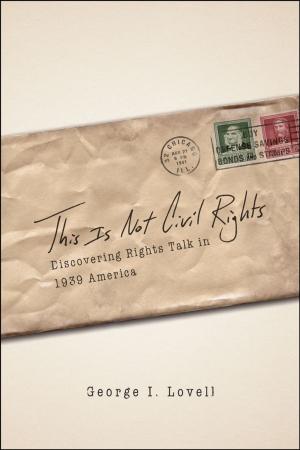| Author: | Samuel Chapman | ISBN: | 9781458192721 |
| Publisher: | Samuel Chapman | Publication: | June 17, 2011 |
| Imprint: | Smashwords Edition | Language: | English |
| Author: | Samuel Chapman |
| ISBN: | 9781458192721 |
| Publisher: | Samuel Chapman |
| Publication: | June 17, 2011 |
| Imprint: | Smashwords Edition |
| Language: | English |
“Polygamy, Bigamy and Human Rights Law” focusses mainly on UK law, but has been cited in international research on polygamy, and referred to in the British Columbia Supreme Court in the 2010-11 Polygamy Reference Case in Canada, where the book was entered into evidence as an exhibit and relied upon both by those arguing for decriminalisation of polygamy, and those seeking to maintain polygamy as a criminal offence.
The book considers the rights of growing ethnic, faith and religious minorities in a multi-cultural society as the law incorporates the European Convention of Human Rights into UK law. This is of international interest due to the important position of English Law in contributing to the development of the law in its former colonies and in Commonwealth countries. While the book focuses primarily on English Law, it is of particular relevance to the United States, Canada and other jurisdictions where leading decisions have been based in part on references to English Law.
Taking the United States and the United Kingdom as examples, the two systems use radically different methods of dealing with polygamy, despite ostensibly sharing the same basis, even before the effect of the Human Rights legislation is taken into account. The book therefore can act as a source for questioning the conclusions of some US Supreme Court cases, as it provides the details of English Law as an alternative case study of a common law system dealing with plural marriage.
The book examines the development of English criminal and civil law in dealing with polygamy, tracing civil recognition of polygamy for a number of purposes, and comparing it with the criminal treatment of bigamy. The reasoning behind the law is identified and assumptions drawn from the reasons given. These assumptions are then tested against research and argument from a number of disciplines and against demographic information. This reveals the assumptions and reasoning to be largely open to question, and in need of debate. The study identifies the public policy reasons given by the courts, and the reasons identified by writers in the field. It also identifies relevant sections of the European Convention on Human Rights that will need to be applied by the English courts, the likely issues to be raised in the context of polygamy, and a number of arguments which would be available for polygamists to use. The study concludes that the law has not developed in a logically coherent way, but that the law has contributed towards stifling interest in debating the subject. The Human Rights Act therefore presents both a stimulus for comprehensive debate and a considerable challenge to the existing law and a range of possible effects are identified.
“Polygamy, Bigamy and Human Rights Law” focusses mainly on UK law, but has been cited in international research on polygamy, and referred to in the British Columbia Supreme Court in the 2010-11 Polygamy Reference Case in Canada, where the book was entered into evidence as an exhibit and relied upon both by those arguing for decriminalisation of polygamy, and those seeking to maintain polygamy as a criminal offence.
The book considers the rights of growing ethnic, faith and religious minorities in a multi-cultural society as the law incorporates the European Convention of Human Rights into UK law. This is of international interest due to the important position of English Law in contributing to the development of the law in its former colonies and in Commonwealth countries. While the book focuses primarily on English Law, it is of particular relevance to the United States, Canada and other jurisdictions where leading decisions have been based in part on references to English Law.
Taking the United States and the United Kingdom as examples, the two systems use radically different methods of dealing with polygamy, despite ostensibly sharing the same basis, even before the effect of the Human Rights legislation is taken into account. The book therefore can act as a source for questioning the conclusions of some US Supreme Court cases, as it provides the details of English Law as an alternative case study of a common law system dealing with plural marriage.
The book examines the development of English criminal and civil law in dealing with polygamy, tracing civil recognition of polygamy for a number of purposes, and comparing it with the criminal treatment of bigamy. The reasoning behind the law is identified and assumptions drawn from the reasons given. These assumptions are then tested against research and argument from a number of disciplines and against demographic information. This reveals the assumptions and reasoning to be largely open to question, and in need of debate. The study identifies the public policy reasons given by the courts, and the reasons identified by writers in the field. It also identifies relevant sections of the European Convention on Human Rights that will need to be applied by the English courts, the likely issues to be raised in the context of polygamy, and a number of arguments which would be available for polygamists to use. The study concludes that the law has not developed in a logically coherent way, but that the law has contributed towards stifling interest in debating the subject. The Human Rights Act therefore presents both a stimulus for comprehensive debate and a considerable challenge to the existing law and a range of possible effects are identified.
